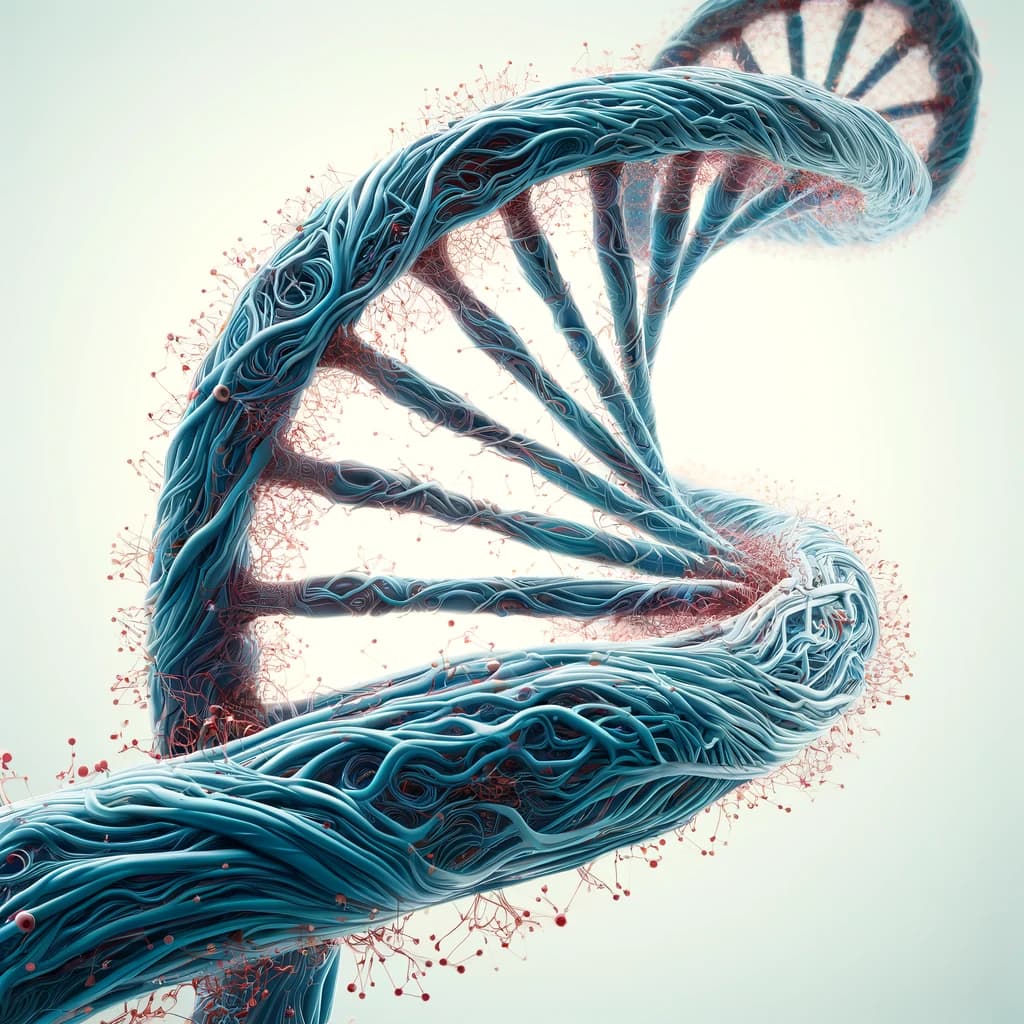Imagine a connection between objects so bizarre that it defies the laws of classical physics. This is the realm of entanglement, a phenomenon at the heart of quantum mechanics where the fates of particles become intertwined, regardless of distance. Understanding and controlling this elusive force is crucial for unlocking the true potential of quantum computing.
Quantum entanglement, a mind-bending phenomenon where particles become inexplicably linked, holds immense potential for revolutionizing computing. Researchers at MIT have achieved a significant breakthrough by developing techniques to precisely control and manipulate entanglement in a system of superconducting qubits, the building blocks of quantum computers. This advancement provides valuable insights into the nature of entanglement and opens doors for building more powerful and efficient quantum computers.
Previously, creating specific entangled states in multi-qubit systems and distinguishing between different types of entanglement posed significant challenges. The MIT team overcame these hurdles by leveraging microwave technology to manipulate an array of 16 qubits. They successfully generated entangled states and seamlessly transitioned between different types of entanglement, including those that hold the key to unlocking quantum speedup, the ability of quantum computers to outperform classical computers.
“We are demonstrating that we can utilize emerging quantum processors as a tool to further our understanding of physics,” explains Amir H. Karamlou, lead author of the study. “While everything we did in this experiment was on a scale which can still be simulated on a classical computer, we have a good roadmap for scaling this technology and methodology beyond the reach of classical computing.”
The researchers focused on two main categories of entanglement: area-law and volume-law. Area-law entanglement, where the amount of shared information grows along the boundary of a subsystem, is relatively simpler to understand and simulate. Volume-law entanglement, on the other hand, exhibits a more complex behavior where the shared information increases proportionally with the size of the subsystem. This type of entanglement is believed to be crucial for achieving quantum advantage.
While we have not yet fully abstracted the role that entanglement plays in quantum algorithms, we do know that generating volume-law entanglement is a key ingredient to realizing a quantum advantage,
says William D. Oliver, senior author of the study.
The team’s experiment involved carefully tuning the qubits to the same frequency and applying a specific microwave drive. By adjusting the frequency of this drive, they were able to control the type of entanglement generated, effectively demonstrating the transition between area-law and volume-law entanglement. This achievement confirms theoretical predictions and provides a practical method for characterizing entanglement in complex quantum systems.
The implications of this research extend beyond quantum computing. The ability to control and analyze entanglement will enable scientists to delve deeper into the thermodynamics of complex quantum systems, which are currently too intricate to study using conventional methods.
“The experiments we did in this work can be used to characterize or benchmark larger-scale quantum systems, and we may also learn something more about the nature of entanglement in these many-body systems,” concludes Karamlou. As researchers continue to unravel the mysteries of entanglement, the path toward powerful quantum computers and a deeper understanding of the quantum world becomes clearer.
To delve deeper into the science behind this groundbreaking research, read the full article published in Nature.
The original research story can be accessed at MIT Research News.













Responses (0 )